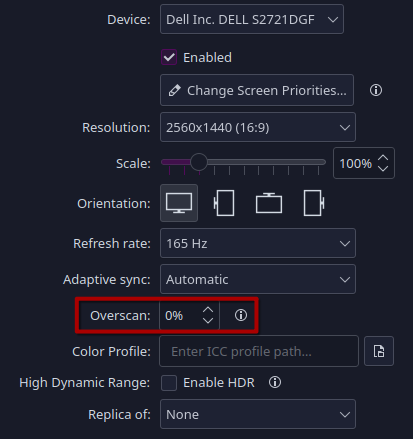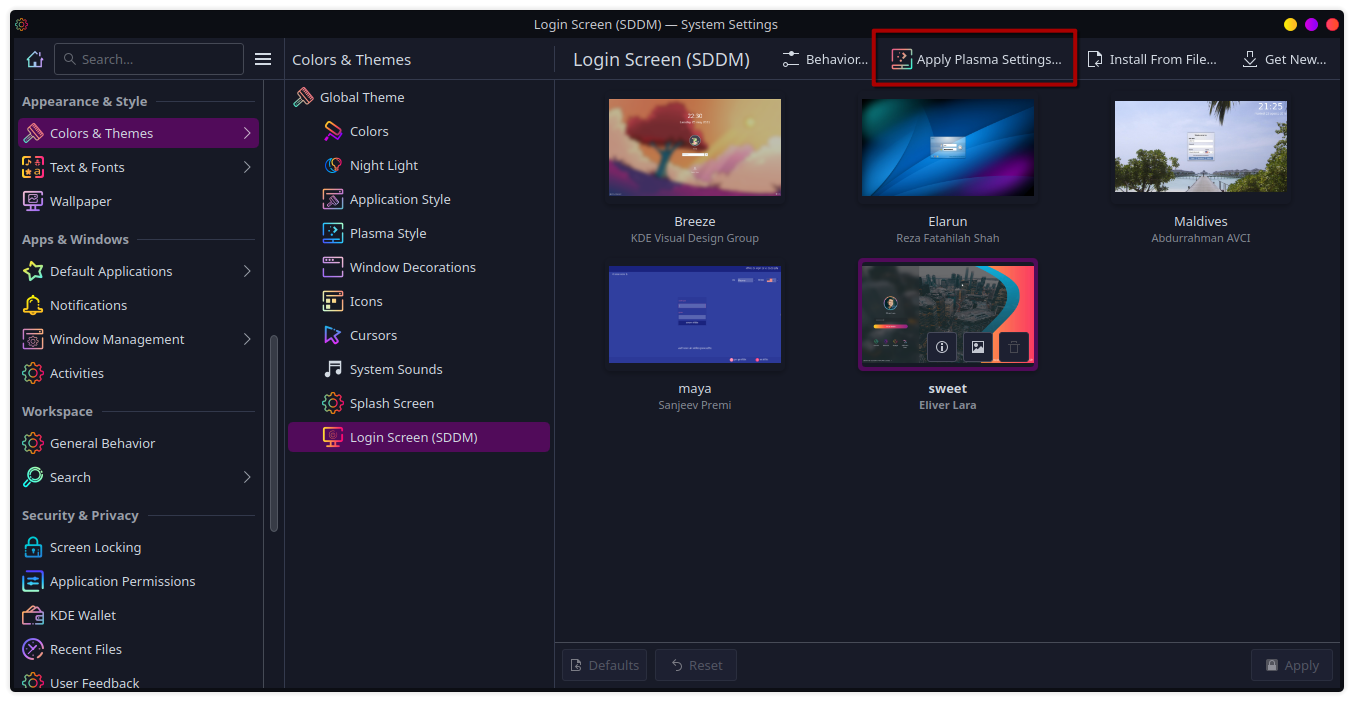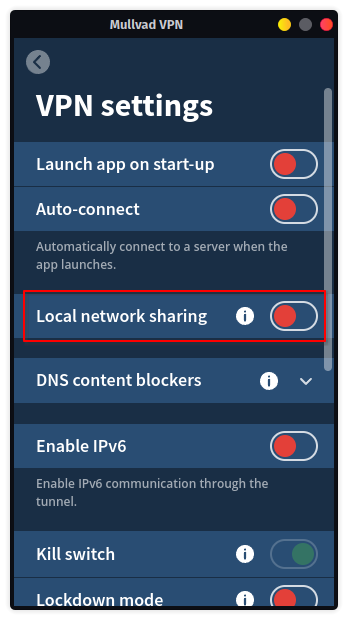

Strange, they do for me on Plasma Wayland.


Strange, they do for me on Plasma Wayland.
Correct. Unfortunately, it’s something that each desktop environment or window manager has to implement themselves. But all the button is doing is moving some config files around, so you can probably do some digging to figure out what it’s copying to where.
This is the system settings application for the KDE desktop environment.
Literally yes. And you don’t even need to know the exact pixel resolution of the TV.

Edit: Here are the problems with you “Wayland isn’t good enough” people.
First, you don’t use Wayland, so you don’t even know if it’s fixed whatever weird issue you encountered with it before or if it supports a niche use case, for example.
Second, Wayland won’t get good enough for you until you start using it and reporting bugs. You think X11 was a bed of roses when it first started? Or do you think they bumped the version number 11 times for fun?
Not sure if you’re a troll, but if you’re serious, nothing I say is going to change your mind, so I won’t bother.
If you’re using Wayland, you can go to Settings -> Colors & Themes -> Login Screen (SDDM) and click “Apply Plasma Settings…”

If you’re using X11, it looks like you’ll have to resort to hacky scripts, unfortunately.
Source: https://discuss.kde.org/t/how-to-change-monitor-layout-and-orientation-in-sddm/3377


On one hand cool, but on the other, just use Bazzite.
I could go in-depth, but really, the best way I can describe my docker usage is as a simple and agnostic service manager. Let me explain.
Docker is a container system. A container is essentially an operating system installation in a box. It’s not really a full installation, but it’s close enough that understanding it like that is fine.
So what the service devs do is build a container (operating system image) with their service and all the required dependencies - and essentially nothing else (in order to keep the image as small as possible). A user can then use Docker to run this image on their system and have a running service in just a few terminal commands. It works the same across all distributions. So I can install whatever distro I need on the server for whatever purpose and not have to worry that it won’t run my Docker services. This also means I can test services locally on my desktop without messing with my server environment. If it works on my local Docker, it will work on my server Docker.
There are a lot of other uses for it, like isolated development environments and testing applications using other Linux distro libraries, to name a couple, but again, I personally mostly just use it as a simple service manager.
tldr + eli5 - App devs said “works on my machine”, so Docker lets them ship their machine.


My fault, lol. I brought it to one of the maintainers’ attention a couple days ago by asking a question about it.
Although I’ll definitely say it’s nice not having to go into the launch properties of every single game to add the gamemoderun command.


My ISP says my IP is technically dynamic, but it hasn’t changed once in the 6 years I’ve had their service. But that’s for the best, since they’re the only choice for symmetrical gigabit and their only option for static IPs is for business accounts.
So I continue to trust that they won’t change it. Fingers crossed.


complexities of Distrobox
they unironically say in comparison to the arcane language of fucking Nix, lmao


In addition to what’s been mentioned, Bazzite also updates the kernel and graphics drivers more often than SteamOS, so yes, while things are slightly more likely to break every now and then, there are some decent performance gains to be had.


I love Bazzite, but I wish they would fix the no audio after wake on the OLED. I encountered it often while running the testing release, so I went back to SteamOS to wait for a stable release with the fix. Imagine my disappointment when they released a new stable version with the bug still present. :(


You can call someone a slimeball about something specific if they are a slimeball specifically about that thing, and Sweeny has proven repeatedly to be slimy in regards to Linux support.
I’m sure he’s a great guy in other ways, but when the topic is specifically about scumbag corpo practices, calling him a slimebag isn’t inaccurate.


A more crude variation than using dedicated ripping tools is using yt-dlp. If you need a login to a service, you can pass the username and password or login with a browser and pass in the browser’s cookies. I’ve personally heard you can do that to at least rip sub-gated Twitch VODs, anyway.


Hmmm. I would think that would work, but this is about the extent of my networking knowledge, sorry. :(


The tool tip gives the IP ranges that it opens up, can you make your OpenVPN network live in one of those ranges and try?


You need to enable local network sharing on the Mullvad devices.



I went with a Pixel Fold for the same reason. It’s squattier, so I can use it one handed, and the big screen can be nice on occasion. Really, thickness is the only issue I have with it.
I have a similar docker/podman alias, except I pull first. This greatly reduces downtime between
downandup, which is nice for critical services.